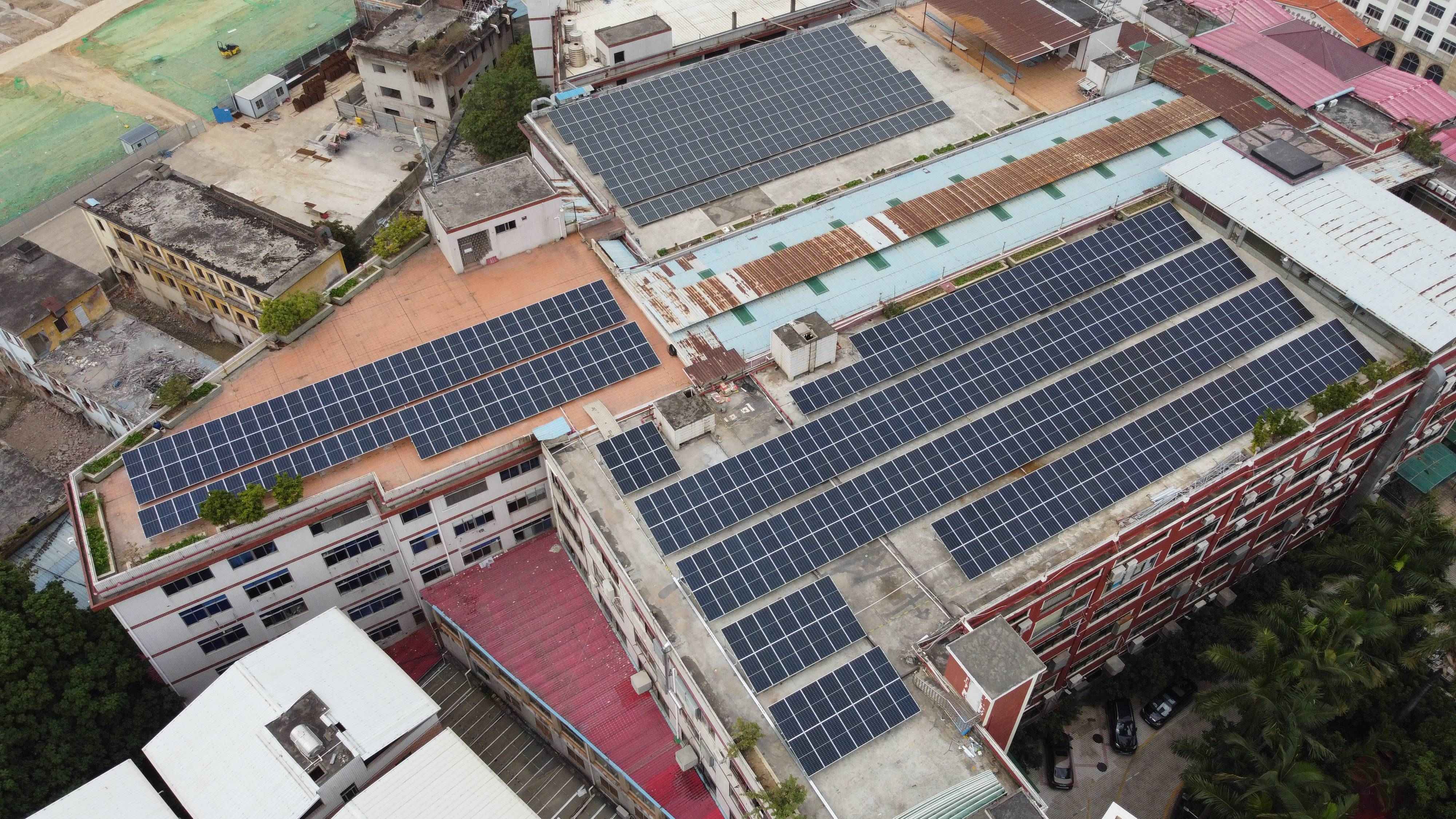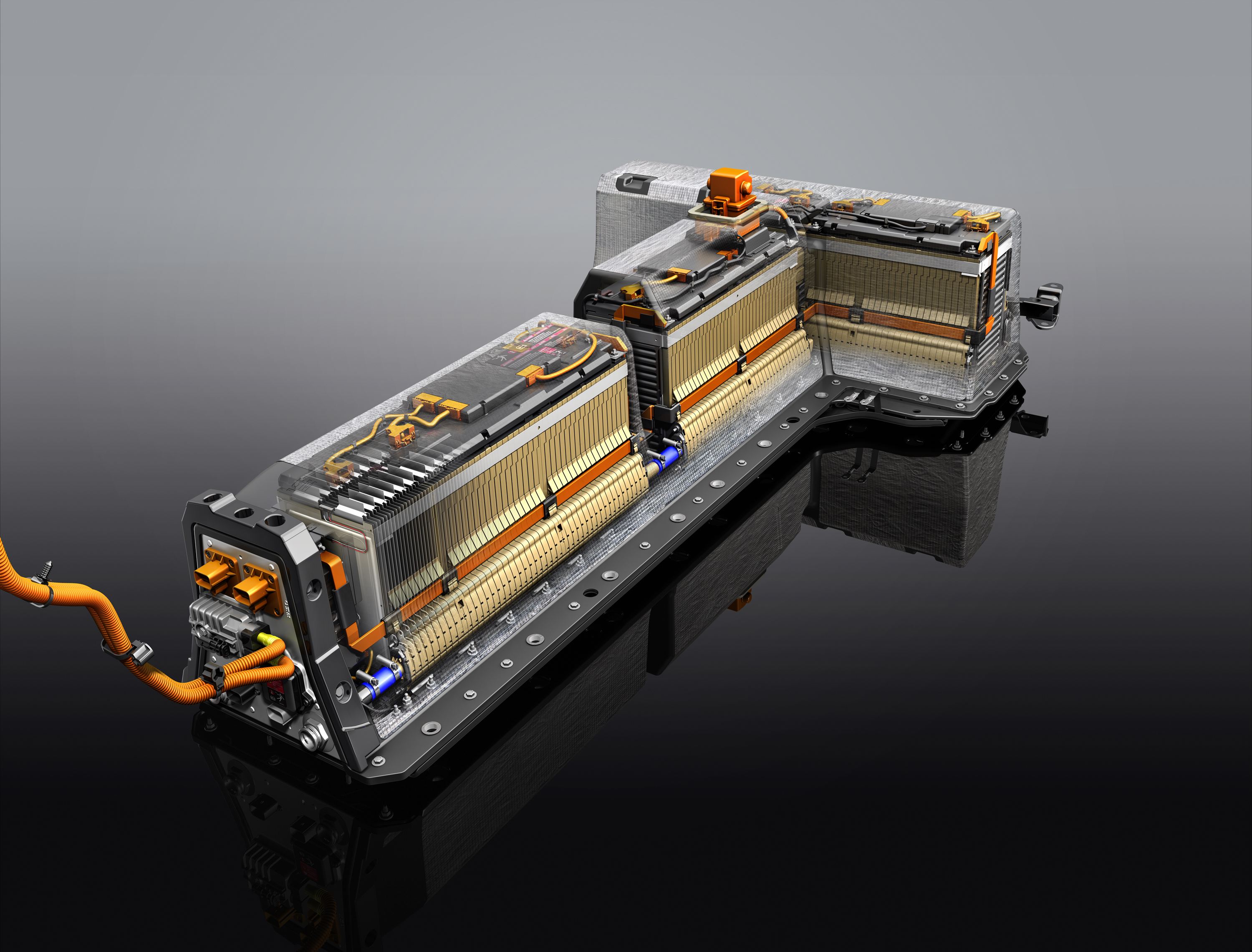
12월 . 13, 2023 09:19 다시 목록으로
에너지 저장 애플리케이션 시나리오
Energy storage applications can be divided into three major scenarios: power generation side,transmission and distribution side,and user side.These scenarios can further be categorized based on energy-based demand and power-based demand.Energy-based requirements,such as energy time shift,prioritize longer discharge times and do not have strict response time requirements.On the other hand,power-based requirements,like system frequency regulation,require fast response capabilities but shorter discharge times.It is important to analyze the specific needs in each scenario to identify the most suitable energy storage technology.
Starting with the power generation side,energy storage is used to meet various demand scenarios.These include energy time shift,capacity units,load tracking,system frequency regulation,reserve capacity,and renewable energy grid connection.Energy time shift involves charging the battery during low load periods and releasing the stored power during peak electric load periods.This is helpful in peak load shaving and valley filling.It is also used to store renewable energy and balance the grid connection over different periods.Capacity units,on the other hand,focus on reserving a certain amount of power generation capacity to meet peak load requirements.This helps improve the utilization rate and economic performance of thermal power units.

부하 추적은 천천히 변화하는 부하를 실시간으로 조정하는 보조 서비스입니다. 주로 램프 부하에 사용되며 기존 에너지 장치의 램프 속도를 최소화합니다. 시스템 주파수 조절은 발전 및 전기 장비의 안전하고 효율적인 작동을 유지하는 데 중요합니다. .기존 에너지원은 그리드 파견 명령에 응답하는 데 한계가 있는 반면, 에너지 저장, 특히 전기화학적 에너지 저장은 빠른 주파수 변조 속도를 제공합니다. 예비 용량은 비상 상황 시 전력 품질과 시스템 안정성을 보장하는 활성 전력 예비를 의미합니다. 연간 작동 주파수 예비 용량 애플리케이션의 경우 일반적으로 낮습니다. 마지막으로 재생 에너지 그리드 연결에는 풍력 및 태양광 발전과 같은 재생 에너지원의 간헐적이고 무작위적인 특성을 해결하는 작업이 포함됩니다. 여기에는 에너지 시간 이동, 발전 용량 고화 및 출력 평활화가 포함됩니다.
Moving on to the transmission and distribution side,energy storage applications focus on alleviating congestion,delaying the expansion of equipment,and supporting reactive power.Alleviating transmission and distribution congestion involves storing untransmitted power during line congestion and discharging it when the load is lower than the line capacity.This helps balance the supply and demand and requires a discharge time of around an hour.Delaying the expansion of power transmission and distribution equipment relies on energy storage systems to improve the capabilities of the power grid without the need for new facilities.The operating frequency is lower compared to congestion alleviation.Reactive power support regulates transmission voltage by injecting or absorbing reactive power on transmission and distribution lines.This ensures grid stability and power quality.

Lastly,on the user side,energy storage applications focus on time-of-use electricity price management,capacity fee management,improving power quality,and enhancing power supply reliability.User time-of-use electricity price management adjusts power load based on the time-of-use electricity price system,while capacity fee management reduces maximum power consumption to reduce costs.Energy storage systems help users store energy during low power consumption periods and discharge it during peak periods.This helps reduce overall load and capacity costs.Improving power quality is achieved through smoothing voltage and frequency fluctuations,especially in distributed photovoltaic systems.Finally,energy storage improves power supply reliability by ensuring uninterrupted power supply during outages.
In conclusion,energy storage technology offers various application scenarios in the power generation side,transmission and distribution side,and user side.In each scenario,the specific needs must be analyzed to determine the most suitable energy storage technology.Whether it is energy time shift,capacity units,load tracking,system frequency regulation,reserve capacity,or renewable energy grid connection,energy storage plays a critical role in optimizing power system operations,improving power quality,and enhancing reliability.
관련 상품:
자체 냉각-PW-164 실외 분산 에너지 저장 캐비닛-전원 유형
침해시 삭제됩니다
참고 웹사이트:https://www.escn.com.cn
-
Wireless DC Charging: The Next Frontier in Contactless EV Power Delivery
소식Aug.04,2025
-
Hybrid BMS Energy Controls: Integrating Renewable Energy Sources
소식Aug.04,2025
-
Blockchain for Secure and Decentralized EMS Power Systems
소식Aug.04,2025
-
AI-Driven for Smart Grids: Energy Management System (EMS)
소식Aug.04,2025
-
Advanced Distribution Management System (ADMS) Energy
소식Aug.04,2025
-
5G-Enhanced BMS Energy Savings: Ultra-Low Latency Control
소식Aug.04,2025























